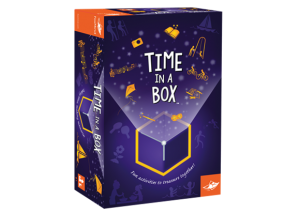The New York Times asks, Is E-Reading to Your Toddler Story Time, or Simply Screen Time?
In a 2013 study, researchers found that children ages 3 to 5 whose parents read to them from an electronic book had lower reading comprehension than children whose parents used traditional books. Part of the reason, they said, was that parents and children using an electronic device spent more time focusing on the device itself than on the story (a conclusion shared by at least two other studies).
“Parents were literally putting their hands over the kids’ hands and saying, ‘Wait, don’t press the button yet. Finish this up first,’ ” said Dr. Julia Parish-Morris, a developmental psychologist at Children’s Hospital of Philadelphia and the lead author of the 2013 study that was conducted at Temple University. Parents who used conventional books were more likely to engage in what education researchers call “dialogic reading,” the sort of back-and-forth discussion of the story and its relation to the child’s life that research has shown are key to a child’s linguistic development.
Complicating matters is that fewer and fewer children’s e-books can strictly be described as books, say researchers. As technology evolves, publishers are adding bells and whistles that encourage detours.
“What we’re really after in reading to our children is behavior that sparks a conversation,” said Kathy Hirsh-Pasek, a professor of psychology at Temple and co-author of the 2013 study. “But if that book has things that disrupt the conversation, like a game plopped right in the middle of the story, then it’s not offering you the same advantages as an old-fashioned book.”



